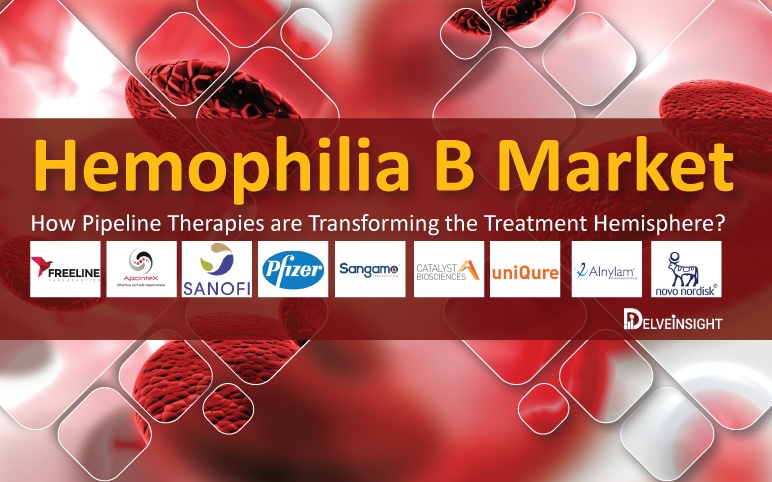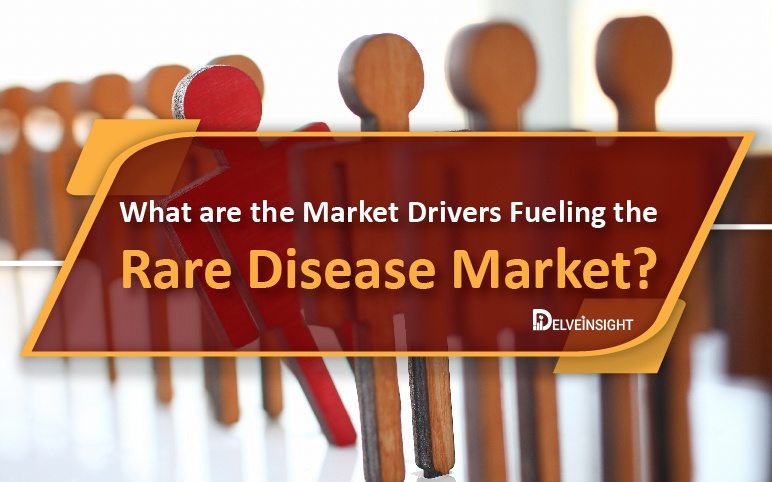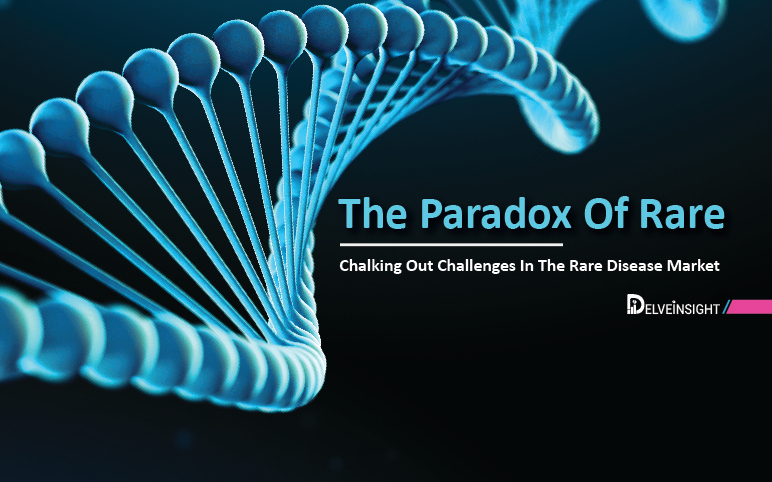Search by Categories
- Insights
- Rare Disease
- Oncology
- Cell and Gene Therapy
- Medical Devices
- Consulting
- News & Analysis
-
Therapeutic Areas

Our expertise in the industry

An X-linked recessive disorder, Hemophilia occurs predominantly in males with females being the carriers. Patients diagnosed with Hemophilia usually lack one of the two proteins essential for the blood coagulation cascade namely factor VIII (FVIII) and factor IX (FIX). On the basis of the different blood coagulatio...
Find More
Rare diseases–also go by the name Orphan diseases–are the conditions that do not affect many individuals out there in one particular geographic area. Going deeper into the definition, it also means a lesser patient pool for a therapy developed for one identified rare condition. Unfavorable drug uptake would automat...
Find More
How is a Rare disease defined? Well, it depends on the geography in question, since there is no universal definition, even so, the definition revolves around the point of prevalence or incidence of rare disease. If we talk about the United States, a rare disease affects fewer than 200,000 people (Orphan Drug Act). ...
Find More
Rare diseases, as the name depicts, affect only a small number of people compared to the other disease. Worldwide, one out of 15 persons could be affected by a rare disease, which is equivalent to approximately 400 million people. Most Rare diseases are often chronic, serious, and life-threatening. In the U...
Find More
Rare diseases are mostly serious, chronic and life-threatening, associated with both psychological as well as financial burdens. In addition, only a few of them have effective drug treatment available. The European Union (EU) definition of a rare disease is one that affects fewer than 5 in 10,000 people. These affe...
Find More
The American Society of Clinical Oncology (ASCO) is one of the largest and most respected conferences in the field of oncology. Held annually, this conference brings together researchers, physicians, and other healthcare professionals from around the world to discuss the latest advances in cancer research, diagnosis, and treatment.